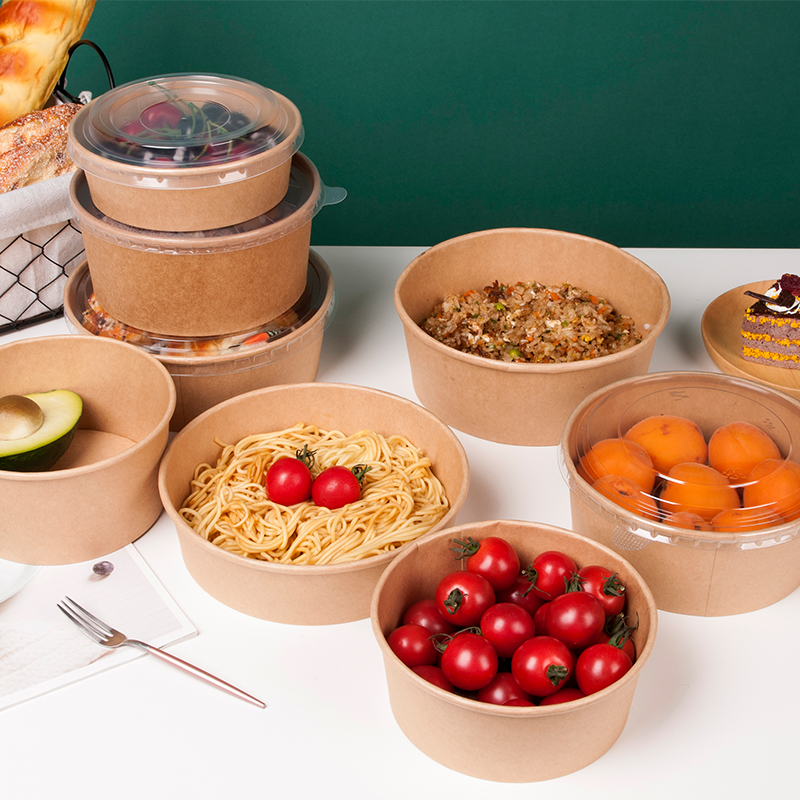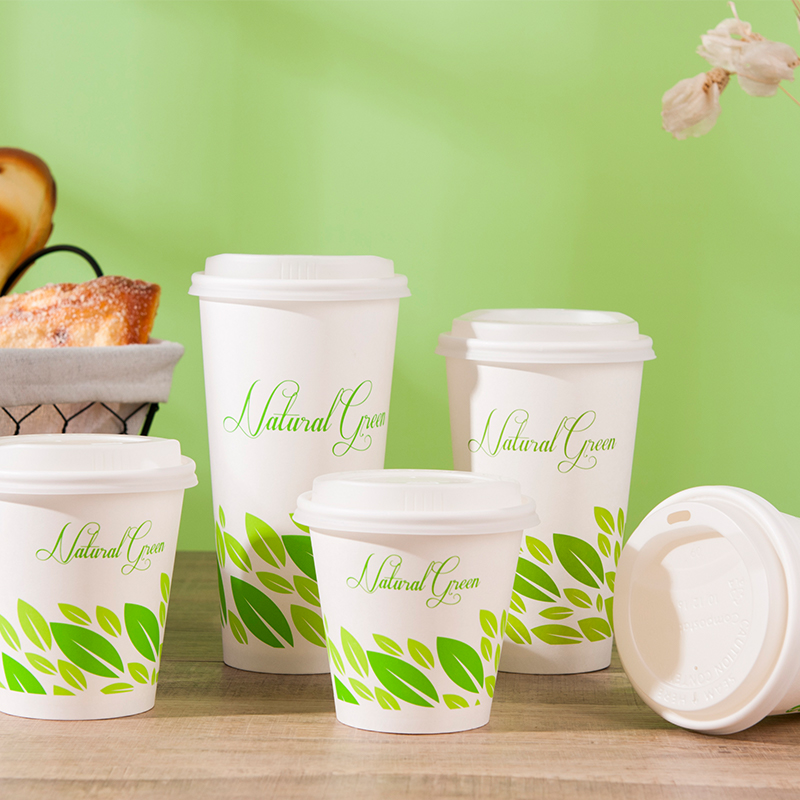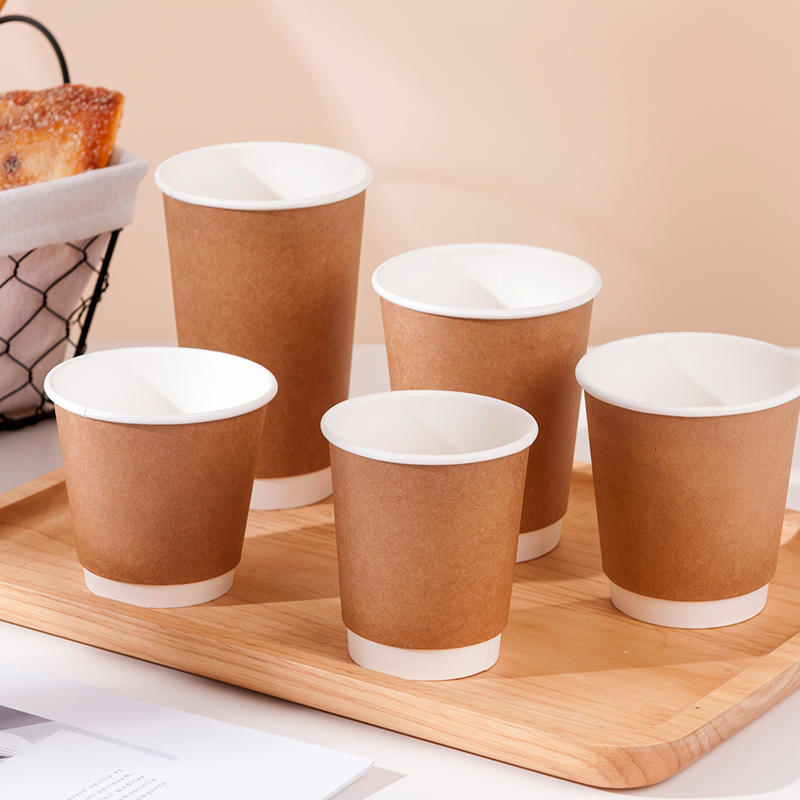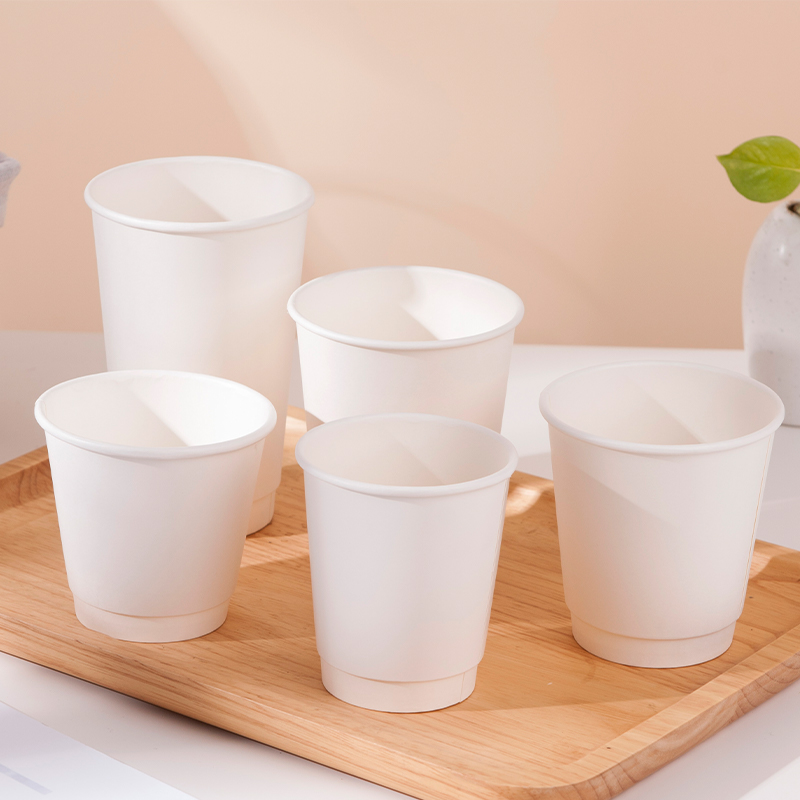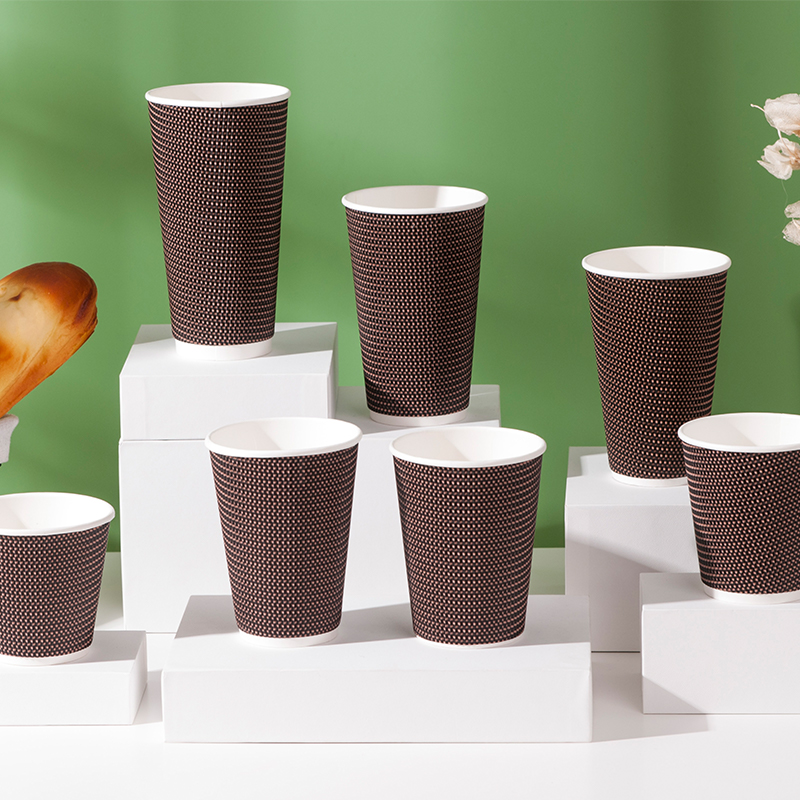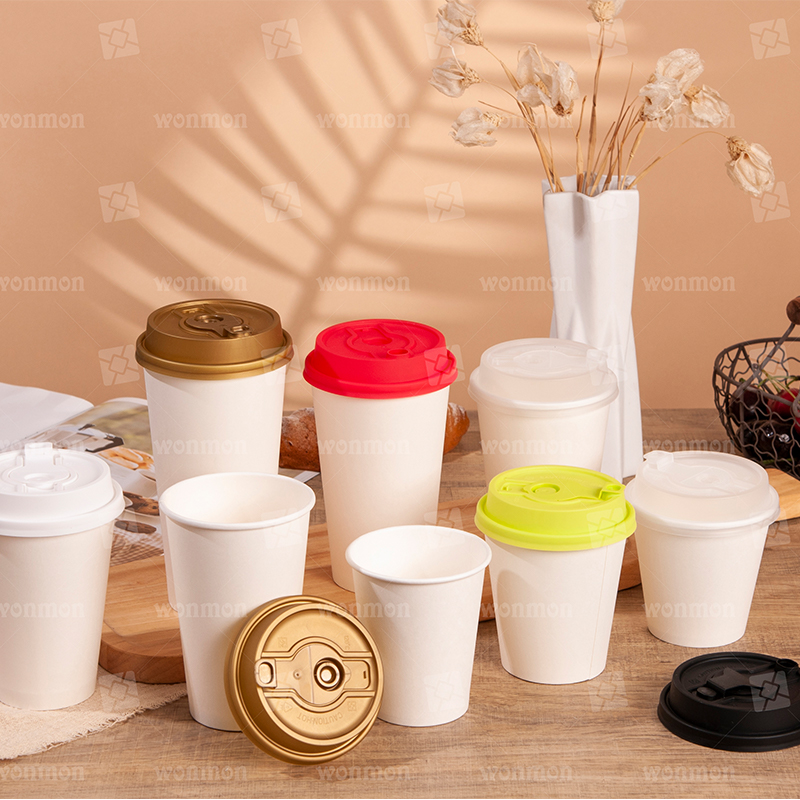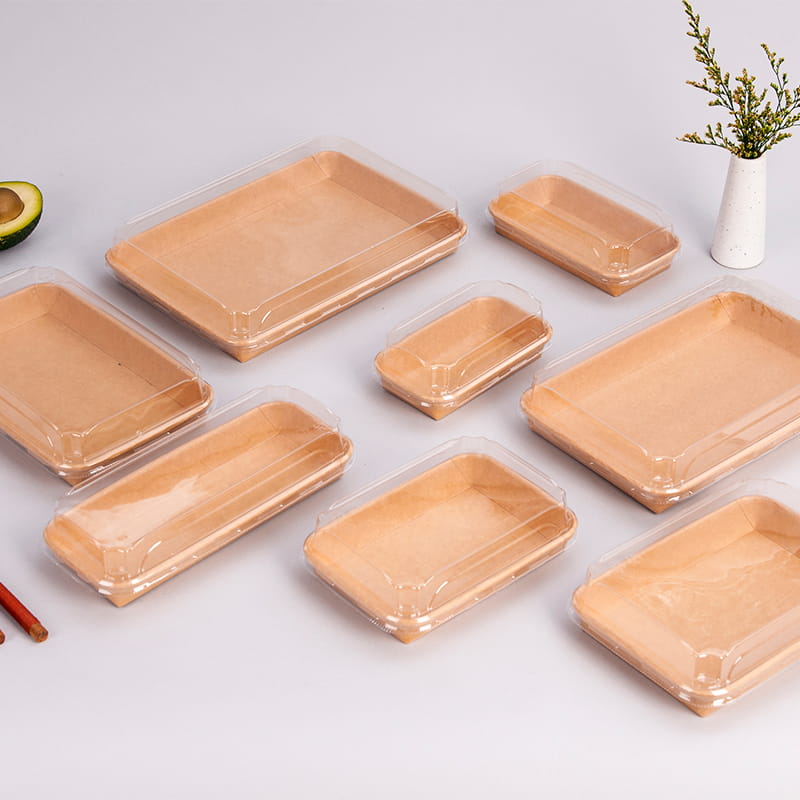Food paper boxes are a ubiquitous sight, gracing lunch tables, restaurant counters, and takeout bags around the world. But beyond their convenience, these containers offer a surprisingly rich history, diverse functionalities, and a growing role in the sustainable packaging movement.
A History Steeped in Innovation
The origin story of the food paper box is a tale of American ingenuity. In 1890, Robert Gair, a Brooklyn entrepreneur, patented a collapsible paperboard box design. Prior to this, food was primarily wrapped in paper or placed in metal or wooden containers. Gair's design revolutionized food packaging, offering a lightweight, portable, and inexpensive option.
The early 20th century saw a rise in fast food restaurants, further propelling the popularity of food paper boxes. These boxes were ideal for containing greasy foods like hamburgers and fries, and their disposable nature fit perfectly with the fast-paced lifestyle of the era.
Beyond the Take-Out Box: A Multitude of Uses
Today, food paper boxes come in a wide array of shapes, sizes, and materials. From the classic rectangular takeout container to round pizza boxes and compartmentalized lunch boxes, these versatile packages cater to a variety of food items.
Hot or Cold: Food paper boxes are typically lined with a wax or plastic coating, making them suitable for both hot and cold foods. This allows them to hold everything from steaming noodles to refreshing salads.
Microwave-Safe Convenience: Many food paper boxes are designed to be microwave-safe, offering a convenient way to reheat leftovers.
Portion Control: Food paper boxes come in various sizes, making them ideal for portion control. This can be beneficial for restaurants looking to offer different meal sizes or for individuals seeking to pack healthy lunches.
Bakery and Desserts: Sturdy cardboard boxes are often used for packaging bakery items like cupcakes, pastries, and cakes. These boxes can be adorned with attractive designs and logos, transforming them into a delightful presentation for baked goods.
Sustainability in the Spotlight
As environmental concerns mount, the sustainability of food packaging is a growing focus. Paperboard, the primary material in food paper boxes, is derived from wood pulp, a renewable resource. Many food paper boxes are also now recyclable or compostable, further reducing their environmental footprint.
Here are some ways that food paper box manufacturers are promoting sustainability:
Recycled Content: An increasing number of food paper boxes are made from recycled paperboard, reducing reliance on virgin wood pulp.
Biodegradable Linings: Replacing traditional plastic linings with biodegradable options made from corn starch or other plant-based materials is another sustainable innovation.
Forestry Stewardship: Sourcing paperboard from sustainably managed forests ensures responsible use of natural resources.
The Future of Food Paper Boxes
As the demand for eco-friendly packaging solutions grows, food paper boxes are poised to play an even greater role. Look for continued advancements in material science to create even more sustainable and functional food paper boxes.



 English
English 中文简体
中文简体


